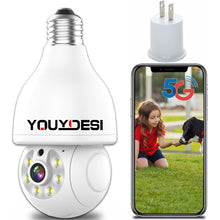Infrared Night Vision: Many security cameras come equipped with infrared night vision functions, allowing for monitoring in low-light conditions and ensuring clear imaging during nighttime or in dark environments.
Wide-Angle View: Some security cameras feature wide-angle lenses, covering larger monitoring areas and reducing blind spots.
Motion Detection: Surveillance equipment often incorporates motion detection technology, which can automatically trigger video recording or alerts upon detecting movement, reducing video storage waste and providing real-time security alerts.
Remote Access: Contemporary surveillance equipment commonly supports remote access, enabling users to view monitoring footage in real-time through smartphones, tablets, or computers, from anywhere at any time.
Intelligent Analysis: Advanced security cameras may offer intelligent analysis features like facial recognition, license plate recognition, and target tracking, facilitating swift retrieval and analysis of monitoring content.
Cloud Storage: Some security cameras support cloud storage, uploading recorded data to the cloud to prevent data loss due to damage or theft of local storage devices.
Two-Way Audio: Certain security cameras come equipped with two-way audio capabilities, allowing for bidirectional communication with individuals within the monitored area for real-time interaction.
Waterproof and Dustproof: Security cameras designed for outdoor or challenging environments typically come with waterproof and dustproof features, enhancing durability and stability.
Energy-Efficient Technology: Some surveillance equipment incorporates energy-efficient technologies, such as automatic sleep modes and scheduled power management, reducing energy consumption.
These technical features make modern surveillance equipment smarter, more convenient, secure, and efficient, catering to the monitoring needs of various scenarios. As technology continues to advance, the technical features of surveillance equipment are continuously updated and improved.










